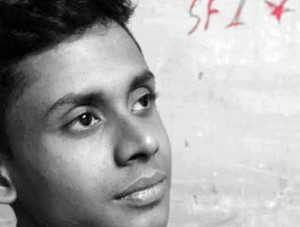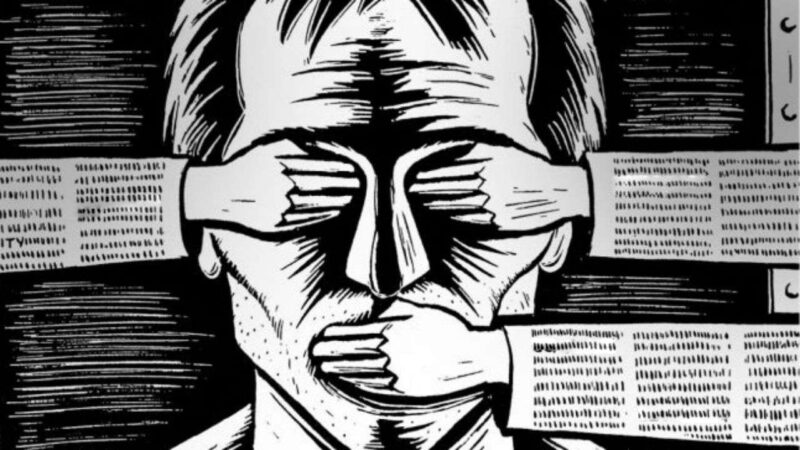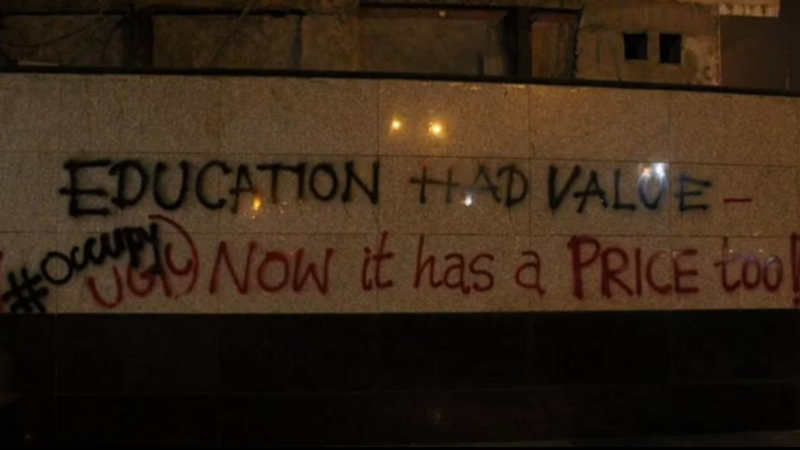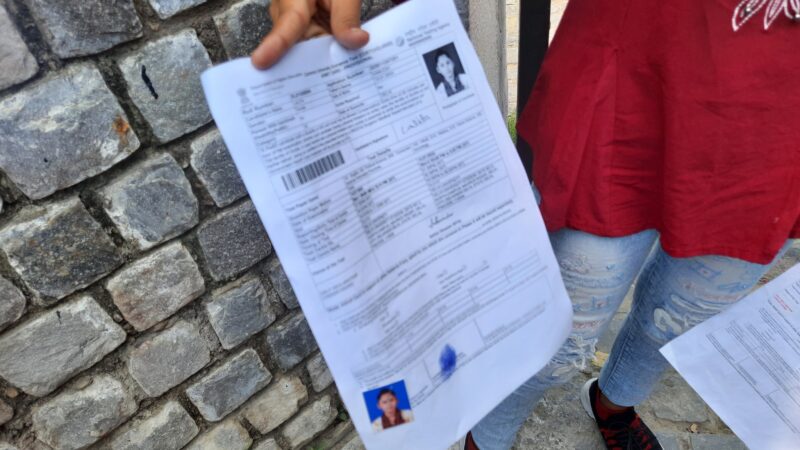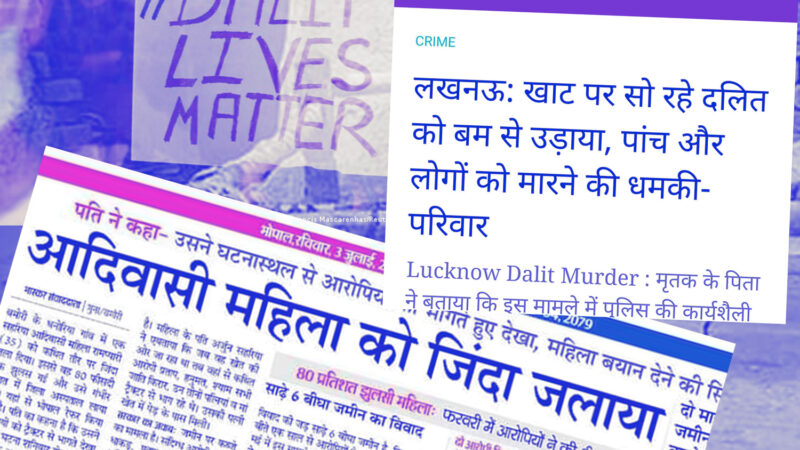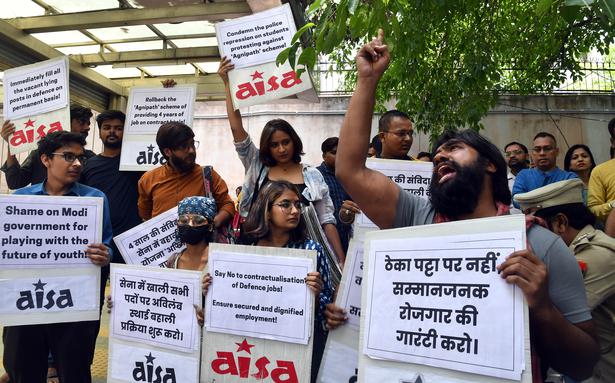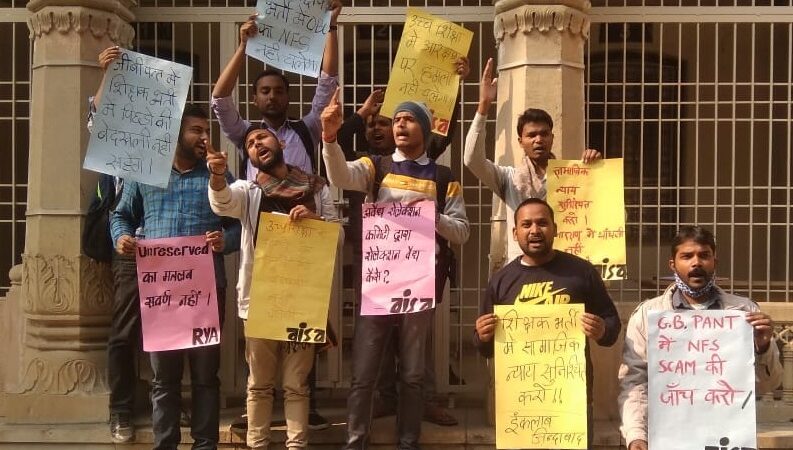Speak Out Against State-Sponsored Violence & Brutality Unleashed by the TMC in Bengal!
West Bengal is witnessing an all-out attack on dissent, democracy, and the entire range of Left activists. The custodial killing of student activist of SFI, Sudipto Gupta, and CM Mamata Banerjee’s remark terming the killing to be a ‘petty’ affair, unleashed student protests in West Bengal and beyond. These protests have been met by a deliberate attack by the TMC on students and teachers of Presidency college; and arson, stone-pelting and violence on CPIM party offices. In another incident on 9 April, Mamata’s police brutally cracked down on anti-Modi protestors in Kolkata. The police unleashed brutal lathicharge on hundreds of students and activists who had gathered for a peaceful protest against Modi in front of The Grand Hotel, where Modi was addressing a meeting convened by the corporate honchos of Bengal. Comrade Suvajit Maity of AISA, and Joyraj Bhattacharyya, actor and theatre activist, were severely injured in this lathicharge, and later more than 20 students and activist of AISA, USDF, IC and some other organizations were assaulted and later arrested.
Strangely, the TMC which is indulging in the stone-pelting, the torching of offices, and whose police killed Sudipto Gupta in cold blood and brutally injured student protestors in anti-Modi protest, is holding ‘silent’ demonstrations (!) against what they claim was a ‘murderous’ assault on Mamata Banerjee and the WB Finance Minister Amit Mitra by SFI and AIDWA protesters on April 9th at the Planning Commission in Delhi!!!
The roughing up of Amit Mitra is unfortunate, doubtless. But was this a premeditated attack? Was it ‘condemnable’ as the CPIM Polit Bureau has called it? Was it ‘rowdyism’, as DSF Convenor (and also as JNUSU President!) Lenin Kumar have termed it?
The facts clearly show otherwise. The protests were, doubtless, angry – how could they not be, given that Mamata Banerjee had added salt to wounds by terming the cold-blooded killing of Sudipto in police custody to be a ‘petty affair’? But the police advised Mamata Banerjee and her team of Ministers to enter the Planning Commission premises in a car, as is the usual practice – instead they insisted on alighting from the car and entering on foot in order to confront the protestors. Had they not insisted on entering on foot, there could have been no question of any of the TMC leaders being roughed up, since the protestors could not have approached close enough. So the physical clash with Amit Mitra does not appear to be in any way premeditated.
The West Bengal Governor has issued a solemn statement terming the incident at the Planning Commission as an ‘unprecedented’ premeditated attack on democratically elected leaders and a ‘blot on India’s democratic values’. This is strange, to say the least. What a strange definition of ‘democratic values’ – where the Governor sheds tears and expresses condemnation only when an elected leader faces some public anger, but remains silent when a young boy is beaten to death by the police of the State which he, as Governor, heads?
Can there be any comparison between an unplanned and unfortunate scuffle, caused at least in part by the CM’s decision to taunt the protestors by walking past them on foot, and the cold-blooded custodial killing of a young boy by police? We hold the incident involving Amit Mitra to be unfortunate – there is no question of condoning it; moreover, the incident has inadvertently provided fodder for the TMC to deflect from the main issue of their own crime. But can such an incident – clearly not planned or premeditated – be in any way compared with the state-sponsored cold-blooded violence by West Bengal police and rampaging TMC cadre ongoing even today? The right of common people to protest must be upheld and defended against the perverse ‘common sense’ manufactured by media and ruling class that equates such protest with state-sponsored brutality.
Certainly, the protest at the Planning Commission in Delhi was very different from the planned goondaism witnessed today in Presidency College by TMC cadre who indulged in vandalism and targeted violence. The TMC is, as it is, branding the SFI protestors in Delhi as rowdies and goons – and instead of strongly defending the SFI students against such allegations, the CPIM and even the DSF are also joining the chorus of condemnation and castigation. Why has the CPIM Polit Bureau chosen to ‘condemn’ its own student cadres for an incident which was at worst unfortunate and avoidable? Why, too, has the DSF spoken in the same voice as the CPIM Polit Bureau, and branded the protest as ‘rowdyism’? It is quite usual for the CPIM to condemn student protests that are not tightly ‘scripted’ and ‘controlled’ (the black flag protests against Manmohan Singh and the student protests for workers’ rights in JNU come to mind). But why is DSF too speaking the same familiar CPIM language instead of defending the student protests against the TMC canards?
Let us recall that when JNU students protested Comrade Chandrashekhar’s murder at the Bihar Bhawan in 1997, the Bihar CM Laloo Yadav had tried to accuse the protesting students of being goons intent on a murderous assault on his life. The students’ anger, on that occasion, while being largely peaceful and thoroughly democratic in spirit, had not always followed any tightly scripted ‘rules’ of polite protest. However, Laloo’s attempts to malign the genuine expressions of student anger and equate it with rowdyism had failed badly, because democratic public opinion had stood firmly with the protesting students, recognizing that the state’s violence and its callousness was the real culprit, not the spontaneous outbursts of anger of a few grieved students against the brutal state-sponsored killing of their comrade.
Strangely, the DSF statement, also castigates the protest on the ground that some of the protestors were ‘non-students’. Why is it wrong for non-students (workers, women, youth) to join a protest called by a student group against the heinous killing of a student activist? Again, the protests against Chandrashekhar’s killing come to mind, where a large number of ‘non-students’ (ex-JNUSU office-bearers, teachers, workers, etc) joined the protests.
It must be recalled that CPIM too has the blood of dissenting student activists killed by state-sponsored might, on its hands. The killing of Sudipto Gupta ought to be a sober moment of introspection for the SFI, to recall students like Comrade Halim, an SFI activist who joined AISA in Burdwan district, who was beaten up and hospitalized, and then dragged from hospital and killed brutally by CPIM goons. Or Tapas Malik, the young anti-land-grab protestor raped and killed at Singur. After all, CPIM leader Benoy Konar’s statement that Tapasi must have been killed by her family to avoid the burden of marrying her off, was no less insensitive than Mamata Banerjee’s about Sudipto.
The memory of Halim, of Tapasi, of Sudipto, of Chandrashekhar, and countless other young fighters assassinated by those enjoying the power and patronage of the State will continue to inspire us with the determination to defend the student movement against those who wish to muzzle and shackle it.
